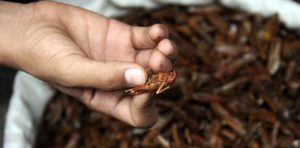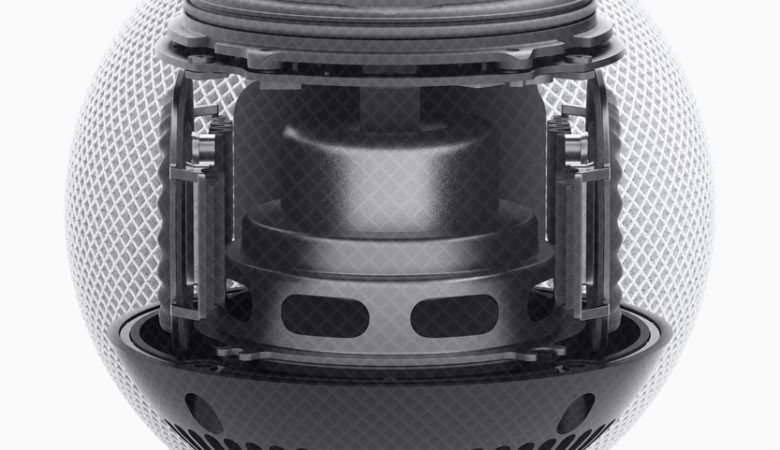Insects are a great alternative to conventional meat foods because they are cheap, plentiful, and an excellent source of protein and fat, as well as vitamins and minerals. In many countries, eating bugs does not cause grimaces. Here are some of the better alternatives among nearly 2,000 edible insect species.

1. Locusts
Locusts and squirrels are known to be a valuable source of protein. The most nutritious are the so-called. Chapulins – locusts of the species Sphenarium, which are widely distributed as food in Mexico. It is estimated that proteins make up 77.13% of their weight.
Harvesting locusts from the fields reduces the use of pesticides by controlling the number of insects without polluting the environment and providing additional food and income.
Chapulins are often served baked, with guacamole and tortillas. Seasoned with garlic, lime juice and salt (sometimes chili) they have a salty-sour and spicy taste.
2. Palm worms
The larvae of the palm beetle (Rhynchophorus palmarum) are distributed as food in North and South America, and two other species – in Southeast Asia and tropical Africa. They contain up to 69.78% fat. They are traditionally fried in their own fat, but are also eaten raw. Insects are dominated by unsaturated (“good”) fats, and sometimes they contain more of the beneficial polyunsaturated fatty acids than poultry and fish. The taste and texture of the palm worm can be described as creamy when raw and sweet when fried.
3. Mopane caterpillars
Most edible insects have an equivalent or higher iron content than beef, which has 6 mg per 100 g of dry weight, while the mop caterpillar, for example, contains 31 to 77 mg of iron per 100 g of weight.
Mopanes are one of the most widely consumed edible insects in South Africa and could somewhat compensate for the iron deficiency in the diet. Iron deficiency is the world’s most common eating disorder, according to the World Health Organization. In developing conditions, nearly half of all pregnant women and about 40% of preschool children suffer from iron deficiency anemia.
4. Flour worms
Birds adore them, why aren’t they delicious for humans as well? Flour beetle larvae (Tenebrio molitor) are the only ones consumed in the western world. They have long been grown in Europe as animal feed, but in the Netherlands and some other countries, production is already targeted for human consumption. Their nutritional value is comparable to that of beef, but the ecological footprint of their breeding is significantly smaller. Flour worms can be processed very easily and according to research data, their taste in processed foods is very well received by Western consumers.
5. Fly larvae
The larvae of the Hermetia illucens fly are an excellent food for both animals and humans. Dried, they contain 42% protein and 35% fat. Live larvae contain 44% dry matter and can be stored for long periods. When used for animal feed, they can be grown directly on manure, which reduces pollution by 50-60%. They can also be grown at home.
Source: iflscience.com











